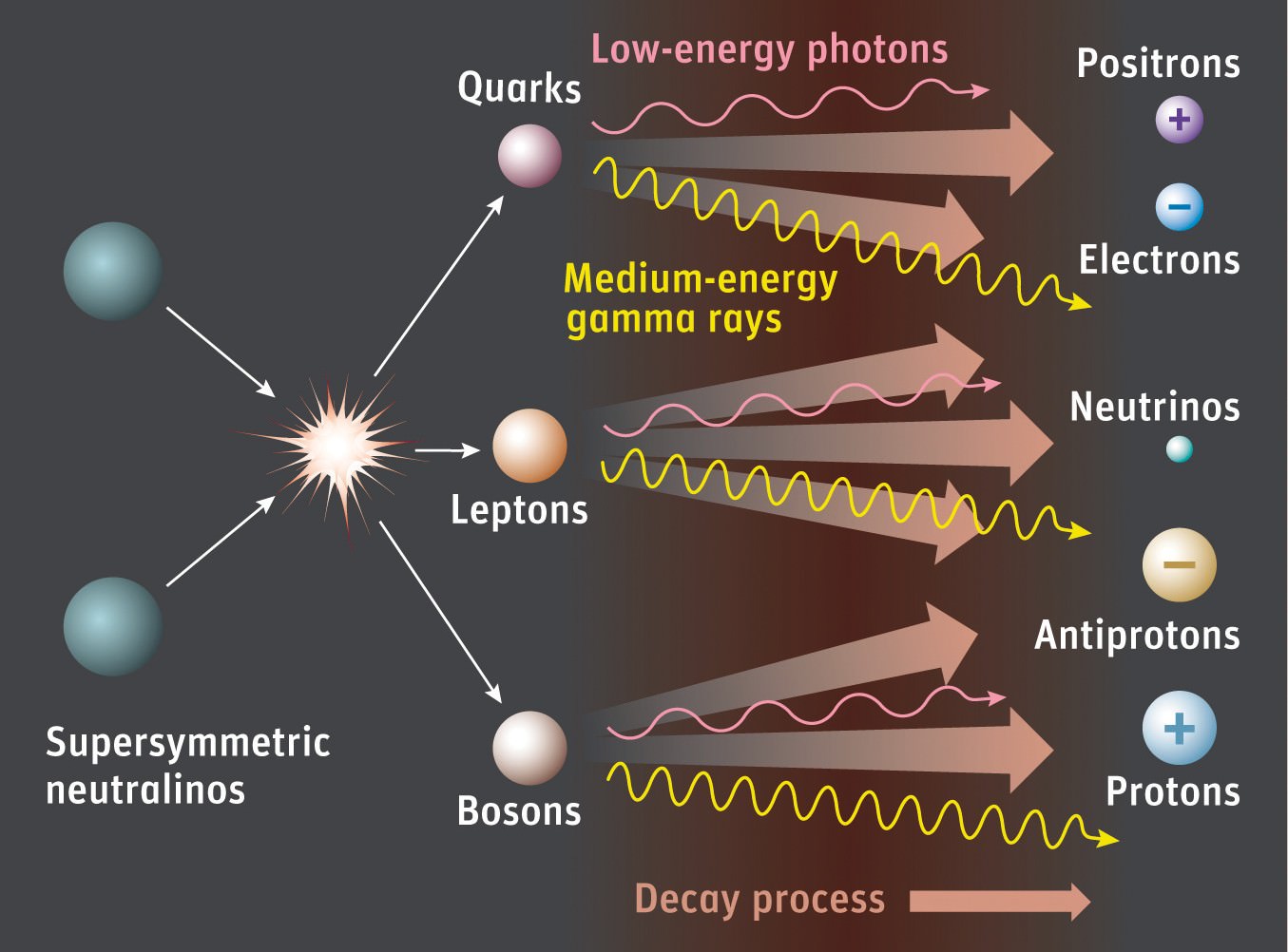String theory, like most revolutions, had humble origins. It started all the way back in the 1960’s as an attempt to understand the workings of the strong nuclear force, which had only recently been discovered. Quantum field theory, which had been used successfully to explain electromagnetism and the weak nuclear force, wasn’t seeming to cut it, and so physicists were eager for something new.
A group of physicists took a formalism developed (and later abandoned) by quantum godfather Werner Heisenberg and expanded it. In that expansion they found mathematical structures that repeated themselves in spacetime: the first strings. Unfortunately this proto-string theory made incorrect predictions for the nature of the strong force, and also had a variety of troublesome artifacts (like the existence of tachyons, particles that only traveled faster than light).
Once another theory came into prominence, the one we know today based on quarks and gluons, string theory faded from the scene. But again, like most revolutions, whispers remained through the years, keeping the hope alive. In the 1970’s physicists uncovered several remarkable properties of string theory. One, the theory could support more forces than just strong nuclear. The strings in string theory had enormous tension, forcing them to curl up on themselves into the smallest possible volume, something around the Planck scale. Once in place, the strings could support various kinds of vibrations, just like a taut guitar string. The different vibrations led to different manifestations of forces: one note for strong nuclear, another for electromagnetism, and so on.
One of the possible vibrations of the string acted like a massless spin-2 particle. This is a very special particle, because that would be the quantum force carrier of the gravitational force, the holy grail of a quantized theory of gravity. The theorists at the time couldn’t believe their chalkboards: string theory naturally, elegantly included quantum gravity, and they weren’t even trying!
The second big deal to come out the 1970’s was the introduction of supersymmetry, which claimed that all the particles that carry forces (called bosons, like photons and gluons) were linked to a supersymmetric partner in the world of particles that build stuff (called fermions, like electrons and quarks), and vice versa. This symmetry doesn’t appear in normal, casual, everyday settings, but only manifests at extremely high energies. So if you were to go back in time to the earliest moments of the big bang, or had enough funding to build a particle collider at the orbit of Jupiter, you wouldn’t just see the normal zoo of particles that we’re familiar with, but all their supersymmetric partners too, which were given suitably stupid names, like selectrons, sneutrinos, squarks, photinos, and my personal least favorite: the wino boson.
Regardless of energy scale, by making this connection string theory could build a bridge from the bosons to the fermions, allowing it to make the leap from just a theory of forces to a theory of every single particle in existence. It also solved the nasty problem of tachyons, which was a nice flourish.
At the end of the 1970’s, string theory could potentially explain all the particles and all the interactions between them, and provide a quantum solution to gravity.
One theory to rule them all, one theory to find them, one theory to bring them all, and in the stringess bind them.

